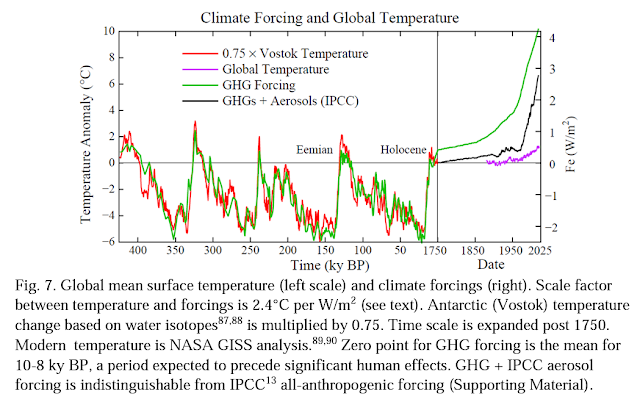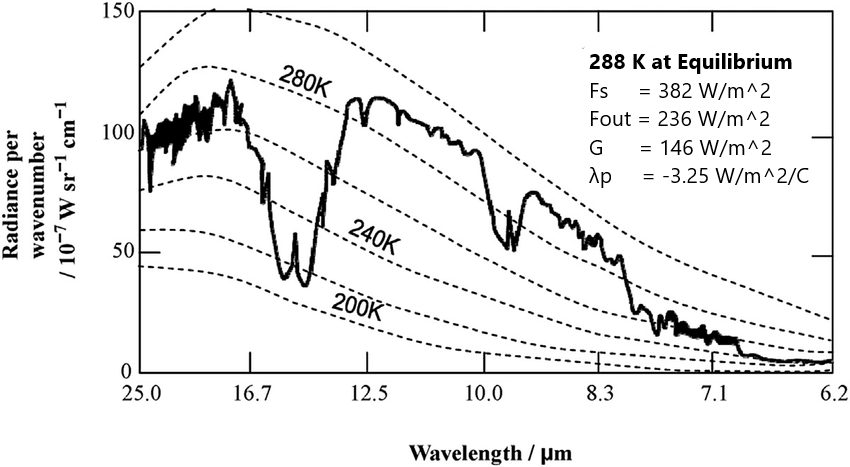The DOE Challenge to Sherwood's ECS Estimate

Accounting for Climate Forcings Puts ECS Near 3 °C From ClimateBrink The so-called "Climate Working Group," hired by the Department of Energy to write what Roger Pielke Jr termed a "red team" response to climate science (my initial response is here ) is predictably critical of the central scientific estimate for ECS. The first ECS estimate I know of was calculated by Arrhenius, who concluded that 2xCO2 would cause between 4-6°C warming. This value was revised downward by Gilbert Plass in the 1950s to ~3°C, and since the 1970s this has become the standard estimate. The IPCC currently says the likely range is 2.5-4.0°C, largely as a result of Sherwood et al 2020 (S22),[1] which is still to date the most comprehensive assessment of ECS (Sherwood's likely range was 2.6-3.9°C). There is a growing body of scientific literature arguing that recent observational evidence is more consistent with an ECS closer to 4°C, suggesting that the IPCC may be a bit conservative on...




